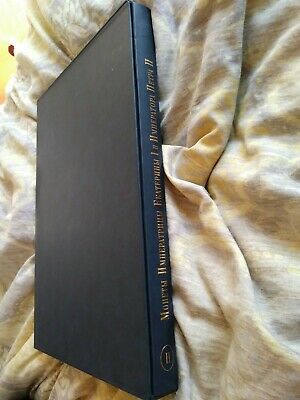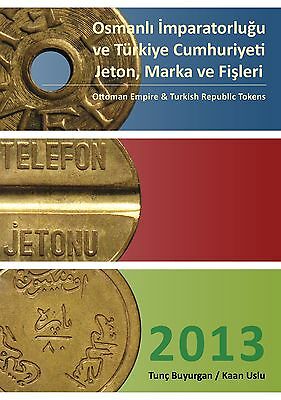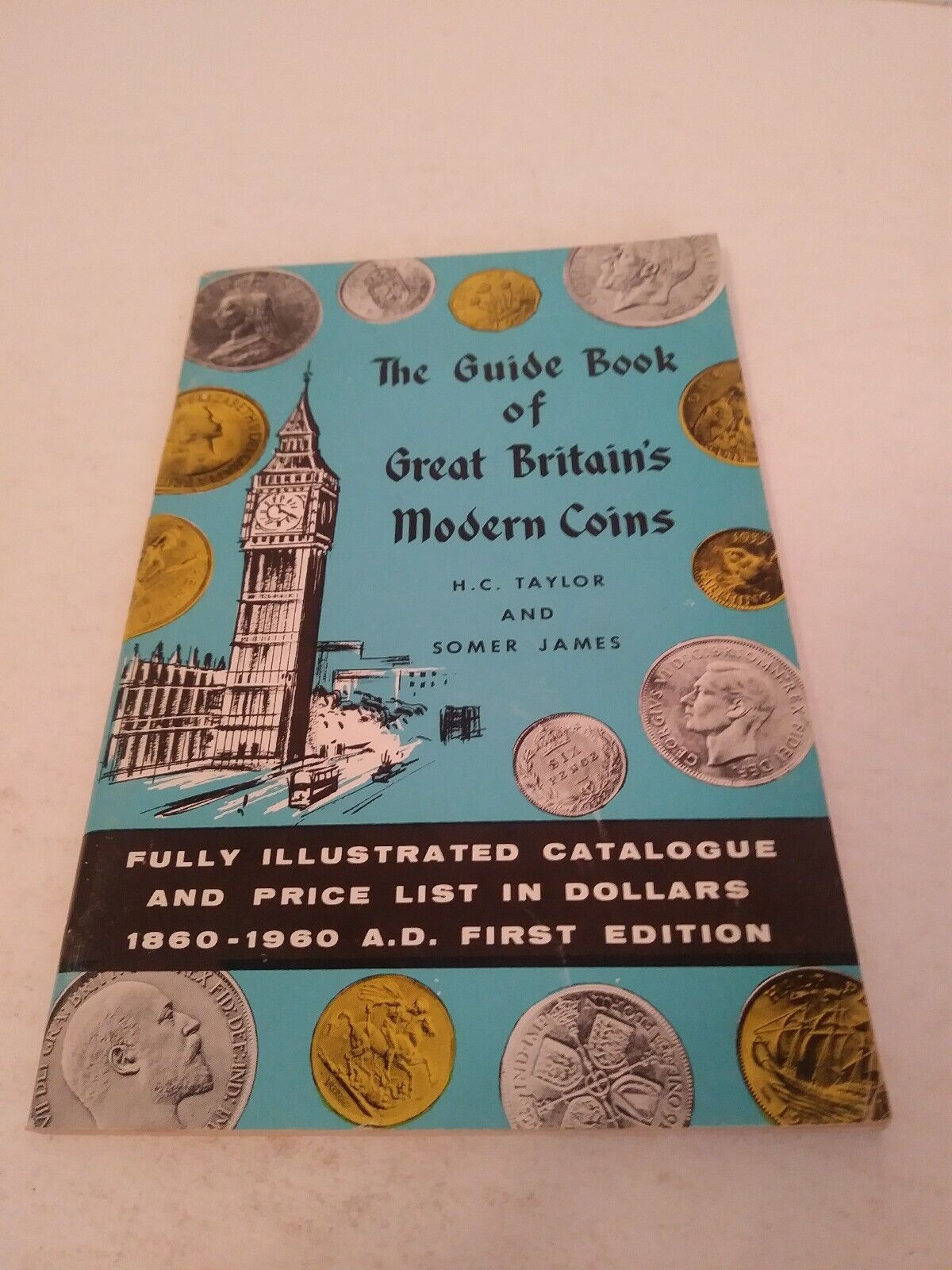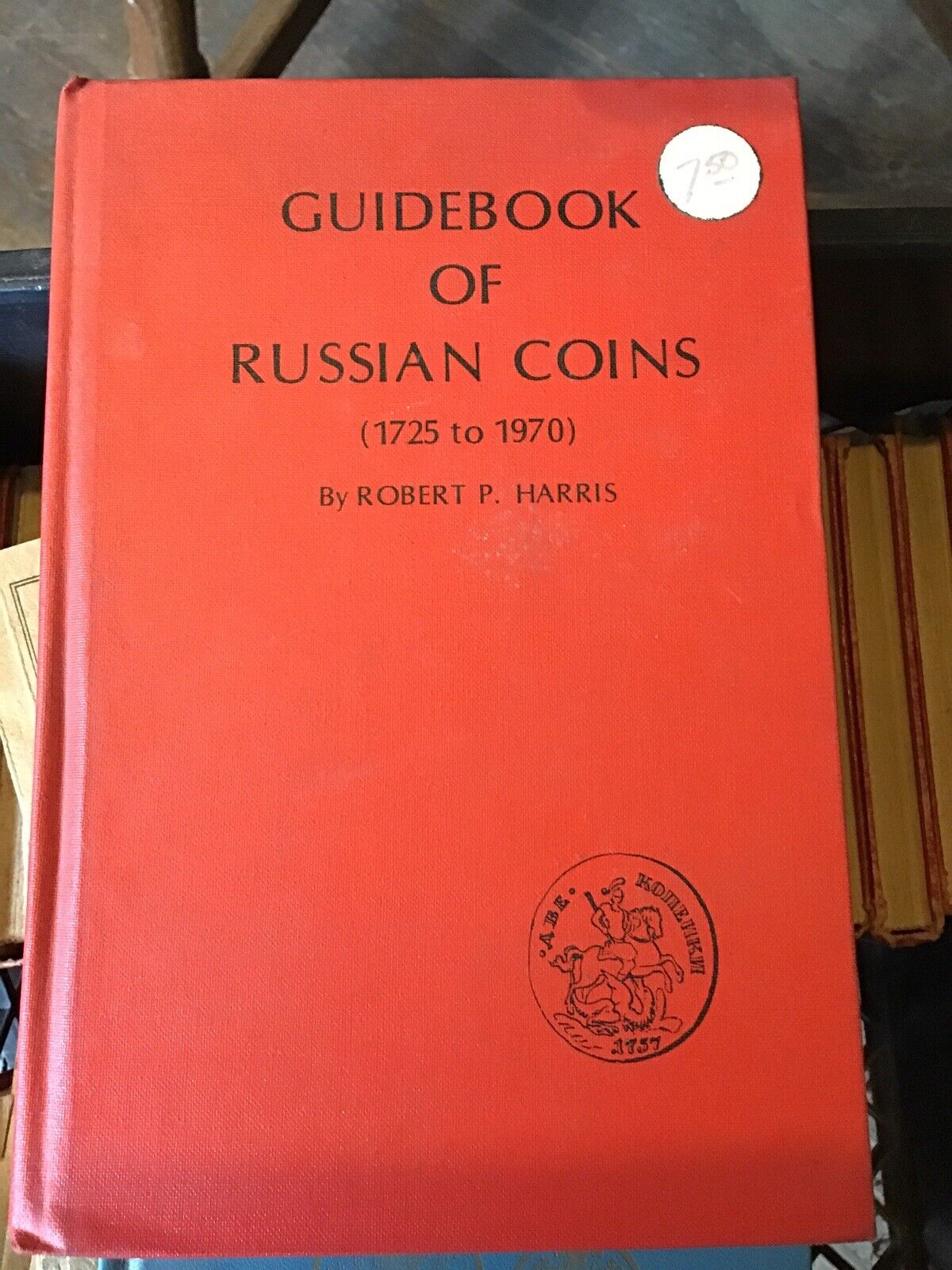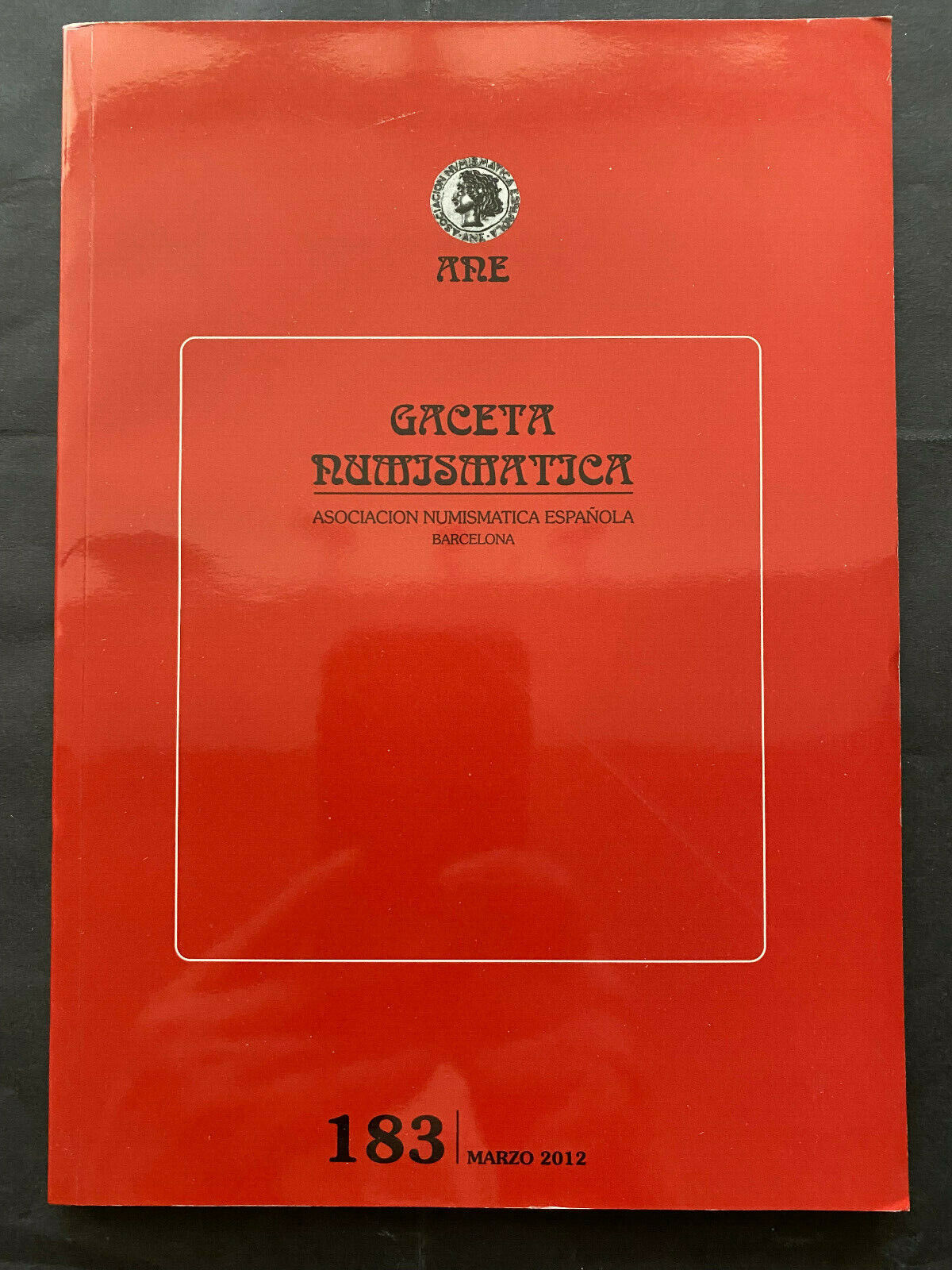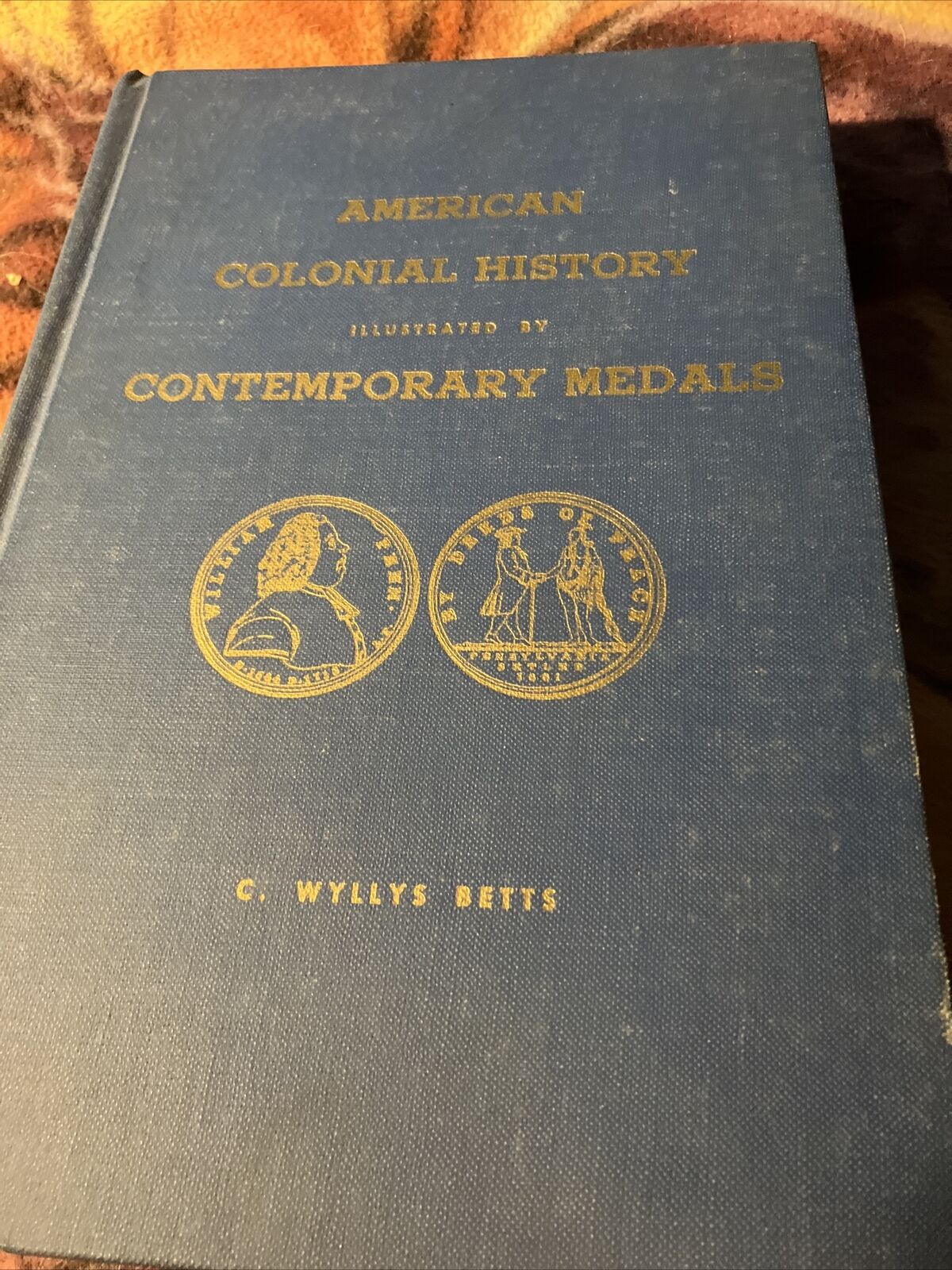-40%
GRAND DUKE GEORGE MIKHAILOVICH RUSSIAN COINS CATHERINE I & PETER II HARDBOUND
$ 39.6
- Description
- Size Guide
Description
Number 1 reference in Russian Imperial NumismaticsGrand Duke Georgii Mikhailovich
Monety Tsarstvonaniya CATHERINE I and PETER II
Luxury hardbound with excellent coin plates of each year.
Rare offered as single volume. The 2003 Reprint of 1904 original edition.
Comes with hardbound bookcase and cotton gold bookmark.
Grand Duke Georgii Mikhailovich was born at Bielyi-Kliutsch, near Tiflis on 23 August 1863, the third son and fourth child of the seven children of Grand Duke Michael Nikolaevich of Russia and his wife Grand Duchess Olga Fyodorovna, born Princess Cecily of Baden. Known in the family as “ Gogi”, he grew up in Georgia when his father was the Governor-General of Russian provinces of Transcaucasia. He received a Spartan upbringing that included sleeping in army cots and taking cold baths and was educated at home by private tutors. His father occupied in military and governmental endeavors remained a distant figure. His mother was a strict disciplinarian and the dominating force in the family. Like his brothers, Georgii Mikhailovich was destined for a military career. Just after his baptism, he was appointed patron of the 3rd battalion of the Life Guards cavalry and granted the rank of adjutant general. He started his career in the Caucasus and continued it in Saint Petersburg where his family moved when he was 18 years old. He was very tall, about six-foot four, had brown eyes, no beard, but a large mustache. At an early age, he became bald. In his youth, he fell into the typical lifestyle of the rich noble Russian: drinking parties, gambling, and women. He also had an intellectual bend and was a painter of some ability. His interest in the Arts eventually led him to serve as curator of the Alexander III Museum, today the Russian Museum, in St Petersburg, a position he held for many years. In 1898, he was appointed chairman of the Russian genealogical society. Georgii Mikhailovich was quiet and withdrawn. He was good-natured and joked a lot when he did speak, often picking teasing fights with his friends. He had a voracious appetite and would often show up early for meals. He was known for his kindness of heart and his sound judgment. Yet his opinion did not carry weight in the Imperial family and he was entrusted with only ceremonial duties such as visiting troops and passing out medals. Personally, he was a stickler for protocol. Once when Prince Gabriel Konstantinovich sat uninvited in the Tsar’s box at the theater with Georgii and his brother Sergei, Georgii felt the need to tell him ”in quiet tones” that without the Tsar’s express invitation, one did not enter the emperor’s box. Numismatics was his all-absorbing interest from an early age. Through the years, he accumulated the finest and largest collection of Russian coins and medals, which included practically every coin ever used in the Russian Empire. He wrote ten monographs on the subject, among them: Catalogue of Imperial Russian Coins 1725–1891, a book reprinted in the USA in 1976, that even today, is an important reference on the subject. When Georgii Mikhailovich was appointed director of the newly founded Alexander III Museum in 1895, the grand duke proceeded to devote all his knowledge and influence to increasing the museum's numismatic collection with rare pieces or entire collections, such as the post-1700 Russian section of the Count Hutten-Czapski cabinet. In 1909, he donated his own collection to the Alexander III Museum, which was used as part of a massive work by a group of noted Russian scholars sponsored, and contributed to, by the grand duke. The upheavals of World War I caused the worried grand duke to have his collection crated and stored at the State Loan Bank in Saint Petersburg for safekeeping. During the Revolution, four of the five crates were smuggled out of the country under mysterious circumstances. Part of the collection was stolen in the West, but the grand duke’s widow did receive most of it. The coins eventually made their way from Yugoslavia to the National Numismatic Collection in Washington, D.C. via Rome, New York, and Berkeley. This large and unique collection has resided in the Smithsonian Institution since the 1950s. More than 10,000 Russian coins and 1,250 medals form part of the collection Georgii Mikhailovich once owned.
Recommended for collectors of Catherine I (1725-1727) and Peter II (1727-1730).
Издание Великого Князя Георгия Михайловича. Монеты Императрицы Екатерины I и Императора Петра II - подарочное издание.
Уникальное подарочное издание с ляссе. Высококачественная полиграфия воссоздает все особенности оригинального издания. Обложка книги украшена объемным тиснением и тиснением "под золото". Книга упакована в футляр.
Оригинальное издание было предпринято в конце XIX века по личному указанию Великого князя. Репринтное издание содержит одиннадцать томов, большую часть которых занимают изображения разновидностей монет, содержалось полное описание уникальной по своей полноте коллекции российских монет имперского периода, начиная с правления Петра Великого и вплоть до времени издания.
В предлагаемой книге приводятся подробные сведения по всем выпускам русских монет, включая год, место чеканки, объем выпуска, отличительные особенности и даже полную информацию о лигатуре каждого выпуска.
Собрание было выпущено небольшим тиражом (несколько сотен экземпляров) - и с тех пор является, безусловно, наиболее авторитетным источником по русской нумизматике. Все последующие публикации по этой теме ссылались на Собрание, но ни одно из них не смогло ни превзойти его по полноте и глубине охвата материала, ни потеснить его с позиции главного референс-издания по русским монетам.
Free Shipping in USA.
